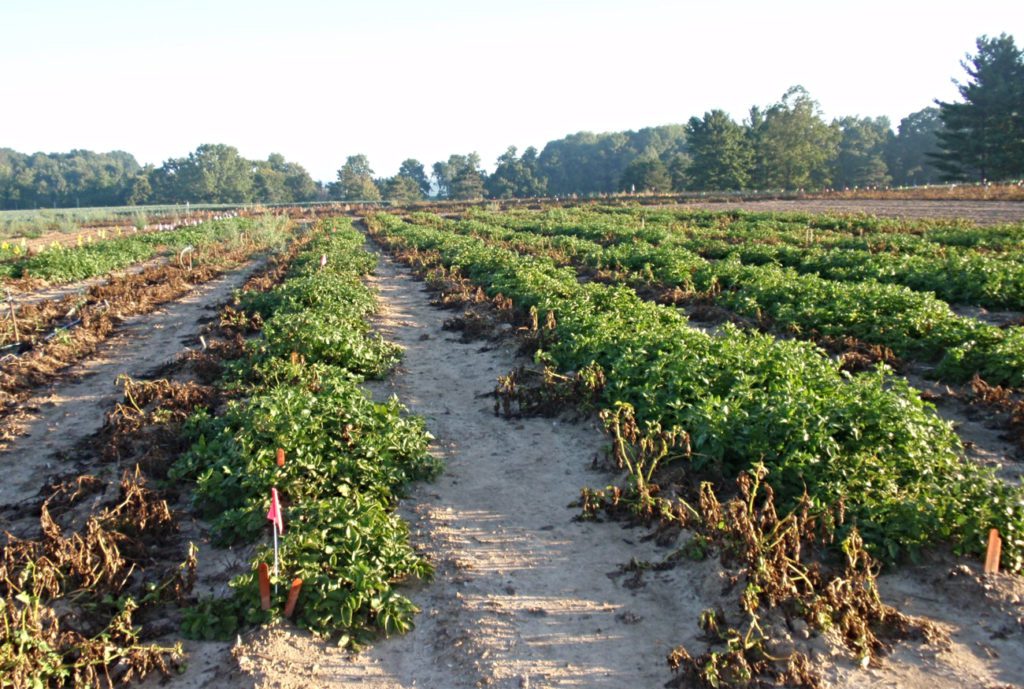May 27, 2020Washington growers nearing ‘crunch time,’ ready to bury excess potatoes
Potato growers in Washington state are holding on to hope that the federal government is going to provide more assistance in cleaning out the backed-up supply chain, but they’re running out of time.
According to a story by Vegetable Growers News’ sister publication Spudman, nearly 60% of U.S.-grown potatoes go to the foodservice market, which includes restaurants, hotels, schools and other segments that have been shut-down or reduced by COVID-19 restrictions.
Washington — the second-largest potato-producing state behind Idaho — is at the extreme end of that, as 90% of its potatoes go to processors to make frozen products, like fries and hash browns.
RELATED: How COVID-19 is backing up the potato supply chain, reducing acreage
Under normal circumstances, the 2019 crop left in storage would be nearly depleted by late May, as early-maturing varieties planted this spring will be ready for harvest in early July. Instead, close to a billion pounds of potatoes remain unused and unneeded by fry makers, said Washington State Potato Commission Executive Director Chris Voigt.
In an attempt to assist those in need and waste as few potatoes as possible, the commission and its grower members made a pledge to give away a million pounds of potatoes to the general public by June 2. Voigt said they will reach that goal, although it’s still a “drop in the bucket” when compared to needing to move a billion pounds.
“The outpouring of love has been amazing. The public and the legislatures really appreciate us doing that,” Voigt said. “The (federal) government is buying $50 million of potatoes in Section 32 purchases, which is a record, I believe, but it takes some time for that to get up and running.
“This helps fill the gap.”
The $2.1 billion in aid for specialty crop growers under the USDA’s Coronavirus Food Assistance Program (CFAP), which includes the Section 32 purchases, as well as direct payments, is appreciated, Voigt said, but isn’t near the level that is needed.
“The USDA has helped, but not at the level we were hoping for,” said Voigt, who added that there is some interest from the livestock industry to purchase potatoes as animal feed, although prices would be far less than what processors pay.
Growers will wait as long as they can, but plans are already being made to bury excess potatoes from 2019 to make way for the new crop.
“I think everybody is trying to hang on for another week or two, but we’re getting to crunch time,” Voigt said.
— By Zeke Jennings, Spudman managing editor















